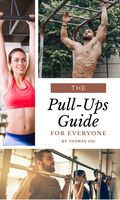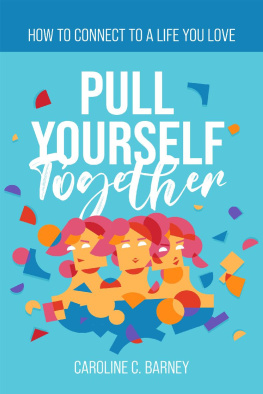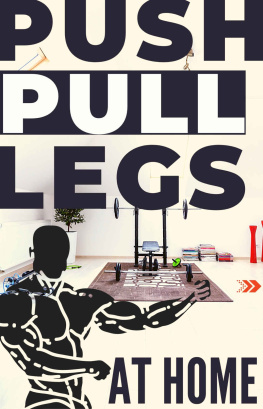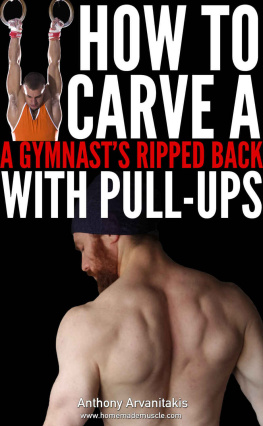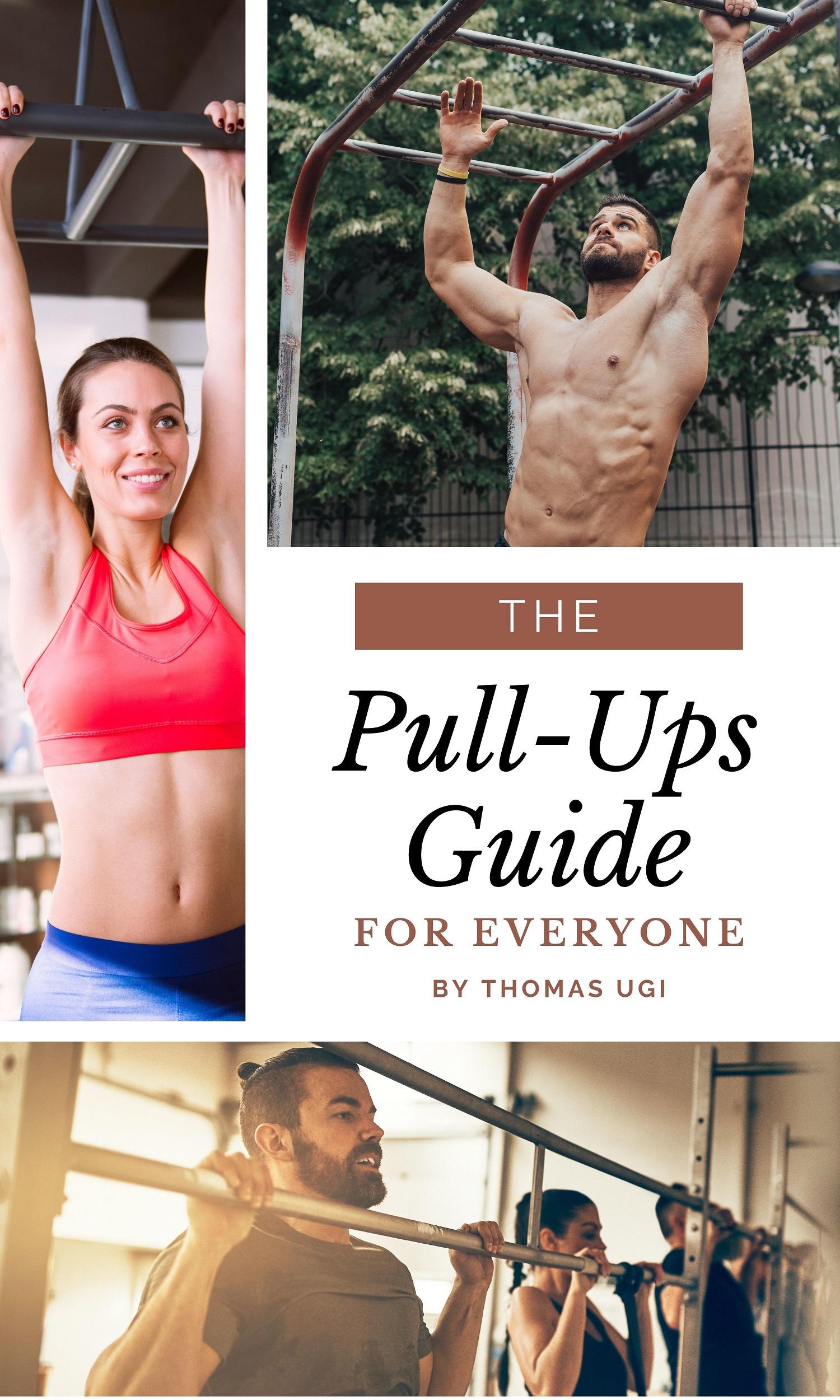Table of Contents
The Pull Ups Guide For Everyone
INTRO
CHIN-UPS VS. PULL-UPS
GRIP DIFFERENCES
THE BEST LEGS POSITION
ENERGY LEAKS
STABILIZATION
FOREARMS CONTRIBUTION
ELBOW PAIN
IMPROVING PULL-UPS
WARM UP
PULL-UPS VARIATIONS
PULL-UPS CHALLENGES
The Pull Ups Guide For Everyone
by
MANETIZATION.COM
INTRO
The pull-up is one of the most iconic symbols of strength that there is. This king of all upper body exercises demands, that you have a command of your own bodyweight and can lift yourself up against the force of gravity at will. It is one of the most challenging exercises for many people, and for many different reasons.
Some people call the pull-up "The upper body squat". The reason for this is, that it is perhaps the greatest weapon you have in your training arsenal for building a muscular upper body including your biceps, forearms and back. Most guys that struggle with the pull-up will just ditch it all together and instead, stick with just lat pulldowns and rows. However, ignoring this critical exercise, will greatly limit the size you can put on.
The Manetization.com training systems, with it's unique twists on exercise shows you how you can not only start doing this exercise right away, but more importantly, start building the necessary strength. Our knowledge and your effort, will allow you to start cranking out sets of 10, 12, 15 or even 20 of this once difficult exercise on your way to all new growth.

Hi,
My name is Tom. I am the founder of Manetization.com. We are helping with men's image, style and fashion. As a gym expert and lover, I would like to share with You my knowledge and experience regarding pull-ups.
Have a nice read!
CHIN-UPS VS. PULL-UPS
GRIP DIFFERENCES
Your grip width on pull-ups and chin-ups can make a huge difference towards which muscles you are targeting when doing each exercise. Lets start with the grip positions. There are three major grip widths, that you can assume when you grab onto the bar.
1. The first is the narrow grip where your hands are practically touching each other in the middle of the bar.
2. The second is the most common, shoulder width, where your hands are pretty much in line with your shoulders.
3. Finally, there is the wide grip in which your hands are placed far outside your shoulders.
These grip width differences can be seen on either the chin-up or the pull-up exercise. They have profound differences between them in terms of the muscles, that get targeted with each grip. You will learn, that varying the grip width, not just the underhand or overhand placement, can have a profound impact on the results you see from these exercises.
Chin-Ups Grip
The underhand close grip
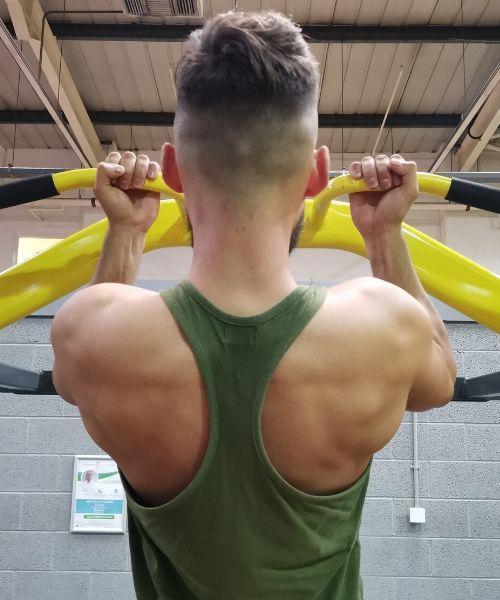
The underhand close grip width is great for hitting the biceps and back of course but will also preferentially involve the flexors of your forearms. This is because these muscles are at a mechanical advantage at this width, which allows you to shift some of the focus towards them. This could come in handy if your biceps are fatigued and need a little extra help from somewhere else.
The underhand shoulder width
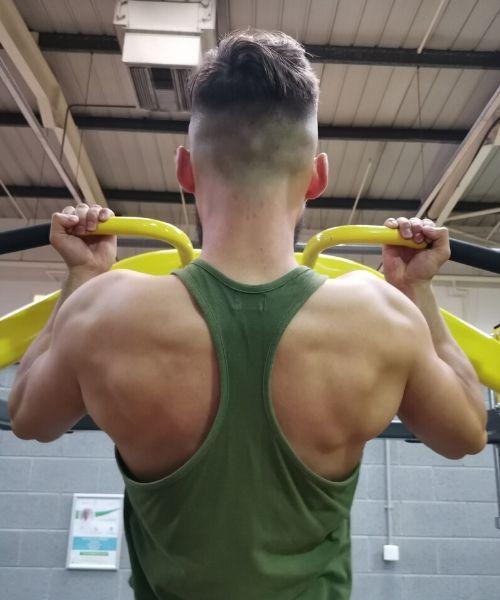
Next, spread your hands out to shoulder width and youve got the king of the biceps and back combo exercises. Here, unlike on pull-ups, the biceps get worked harder since you have the added component of supination of the forearm, that you dont get with the traditional pull-up.
The underhand wide grip
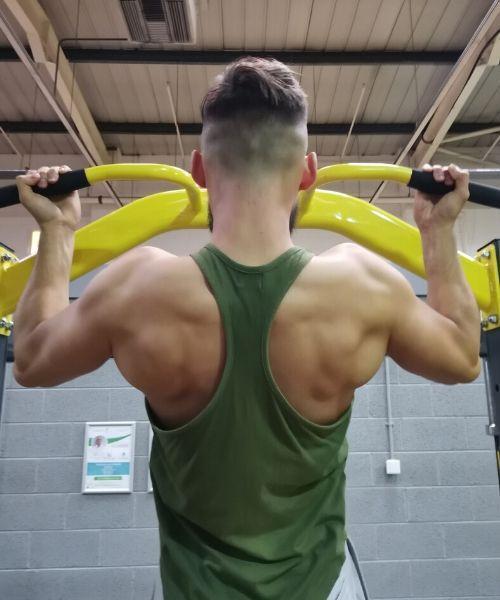
Spread the arms out even further than shoulder width and now you are going to induce the rotator cuff into the exercise. This is a great variation for this very reason since this muscle group gets very much overlooked in traditional training plans.
Pull-Ups Grip
The overhand wide grip
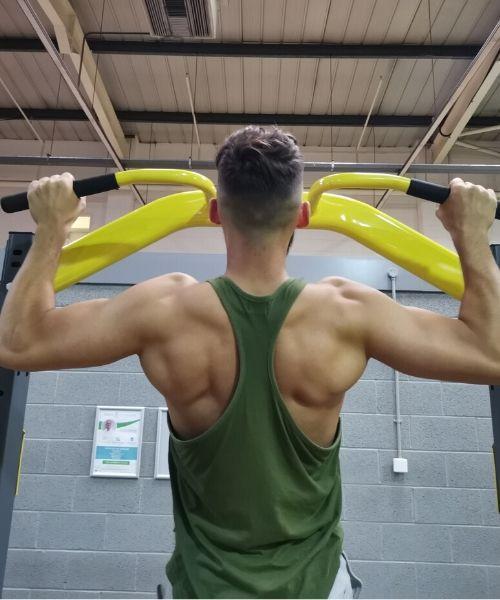
Turn your hand s over and you are now doing a pull-up. The wide version of the pull-up (90 or wider) will work the lats the most and help you to build that impressive v-taper look, that many desire.
The overhand shoulder width grip
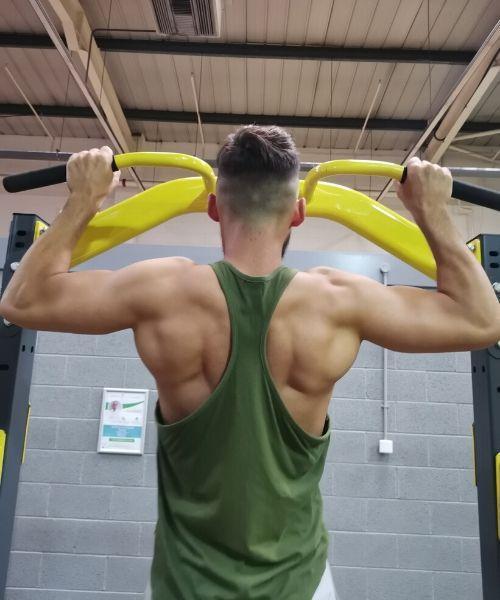
Narrow up the grip to shoulder width (or less than 90) and you are now going to start asking the brachialis in your upper arm to contribute. This could be a problem if you have any pain or irritation in this often aggravated arm muscle.
The overhand close grip

Finally, bring your hands in very close together and the work travels even further down the arms into the brachioradialis of your forearm.
THE BEST LEGS POSITION
Is there a difference on how you position your legs during the pull-up movement? In this section, Im going to show you what to do with your legs to allow you to get more reps starting in the very next set you perform.
The pull-up can be done with your legs straight, knees bent behind your body, knees bent in front of your body and with your legs straight but slightly in front of your body (in what is called a hollow body position). There are advantages to each of these positions, but there are also disadvantages. I want to try and make you aware of each so you can make your best decision when it comes to knowing where to place your legs during the pull-up.
Knees bent behind the body
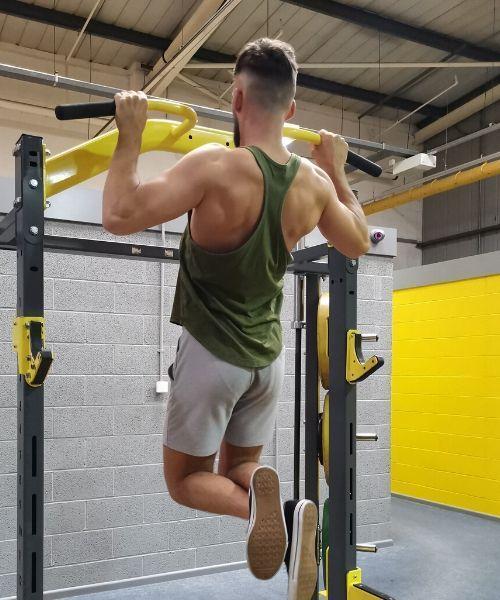
First and the most common is to cross your feet, bend your knees and place your legs behind your body. This is often done because of the need to shorten your body when doing pull-ups in a doorway at home. There just isnt that much room and height in the doorway to allow you to keep your legs straight when performing the exercise. This way introduces two problems to the mix. The first is, that you are creating the opportunity for swinging back and forth because of the position of the legs. The second is, that you are avoiding the opportunity for a prestretch on the lats because of the anterior tilt of the pelvis that occurs with this posture.
Knees bent up in front of the body
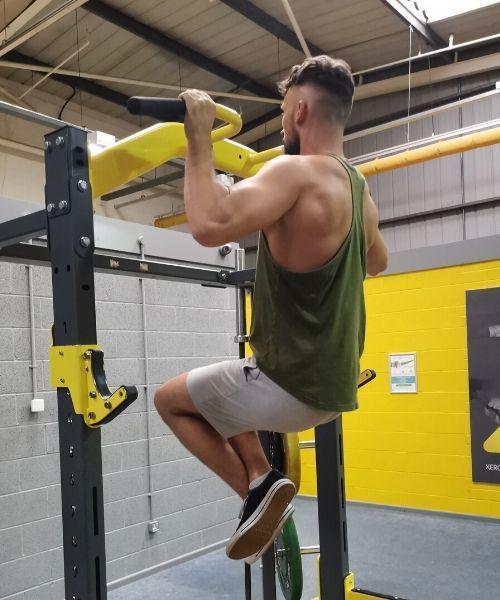
If you want to get a great pre-stretch on the lats then you would rotate your pelvis posteriorly and get your knees up in front of your body. Here you can literally feel the difference in the stretch on the lat muscles just by hanging from the bar in this position and alternating between the two knee positions. That said, this is infinitely more difficult to do if you dont have the best ab strength (which is common if you already struggle doing pull-ups).

